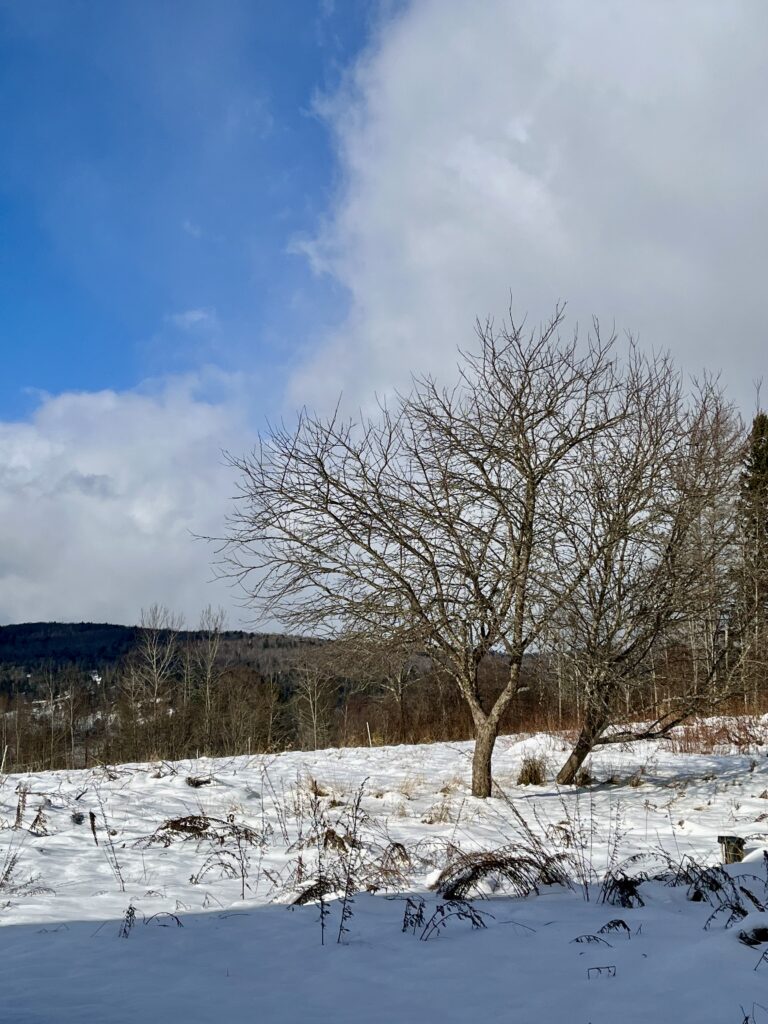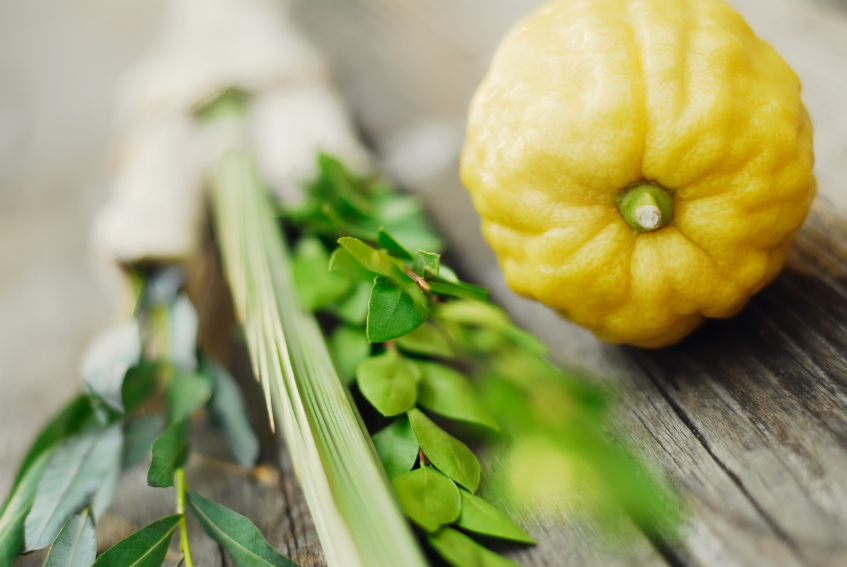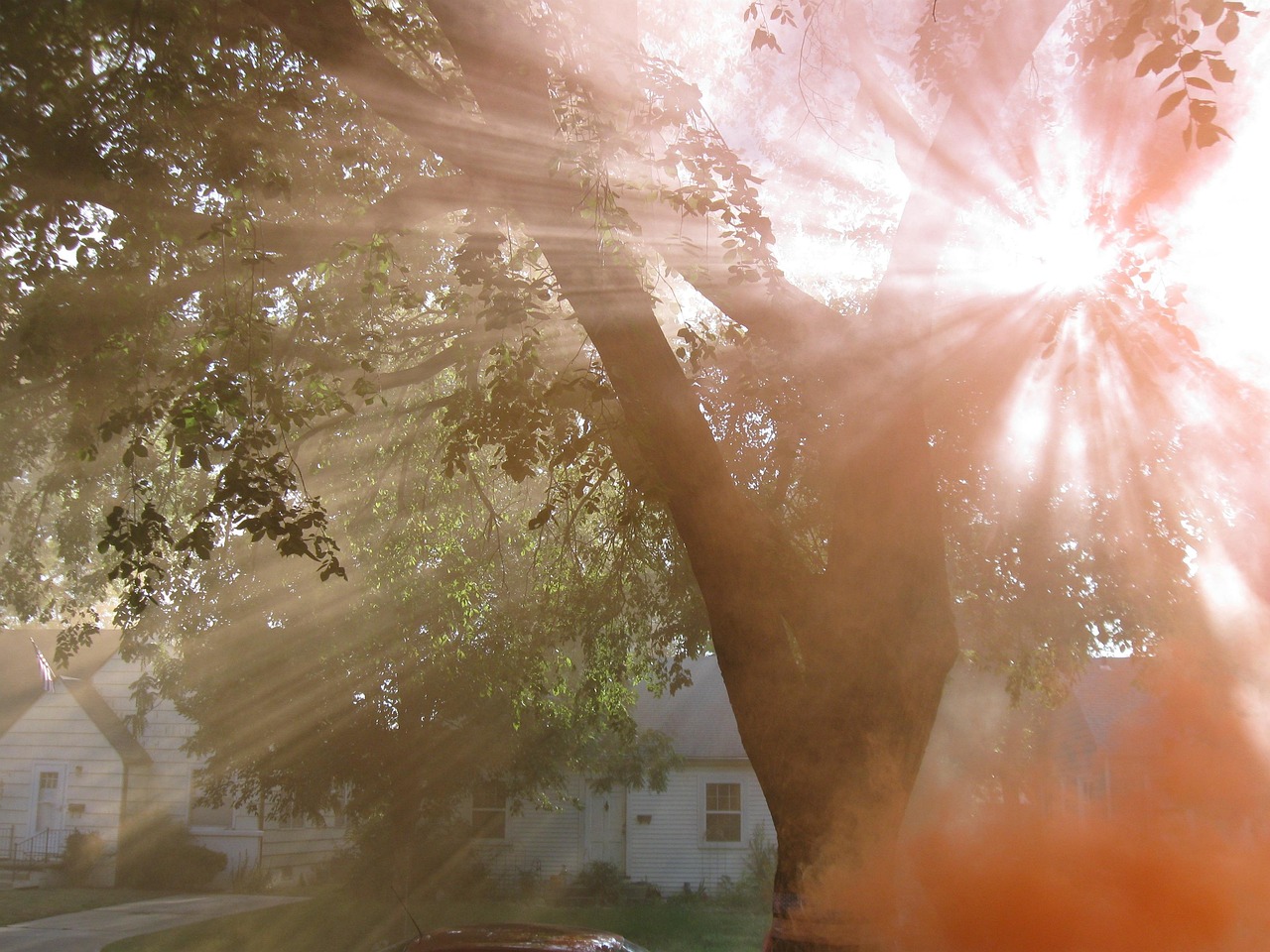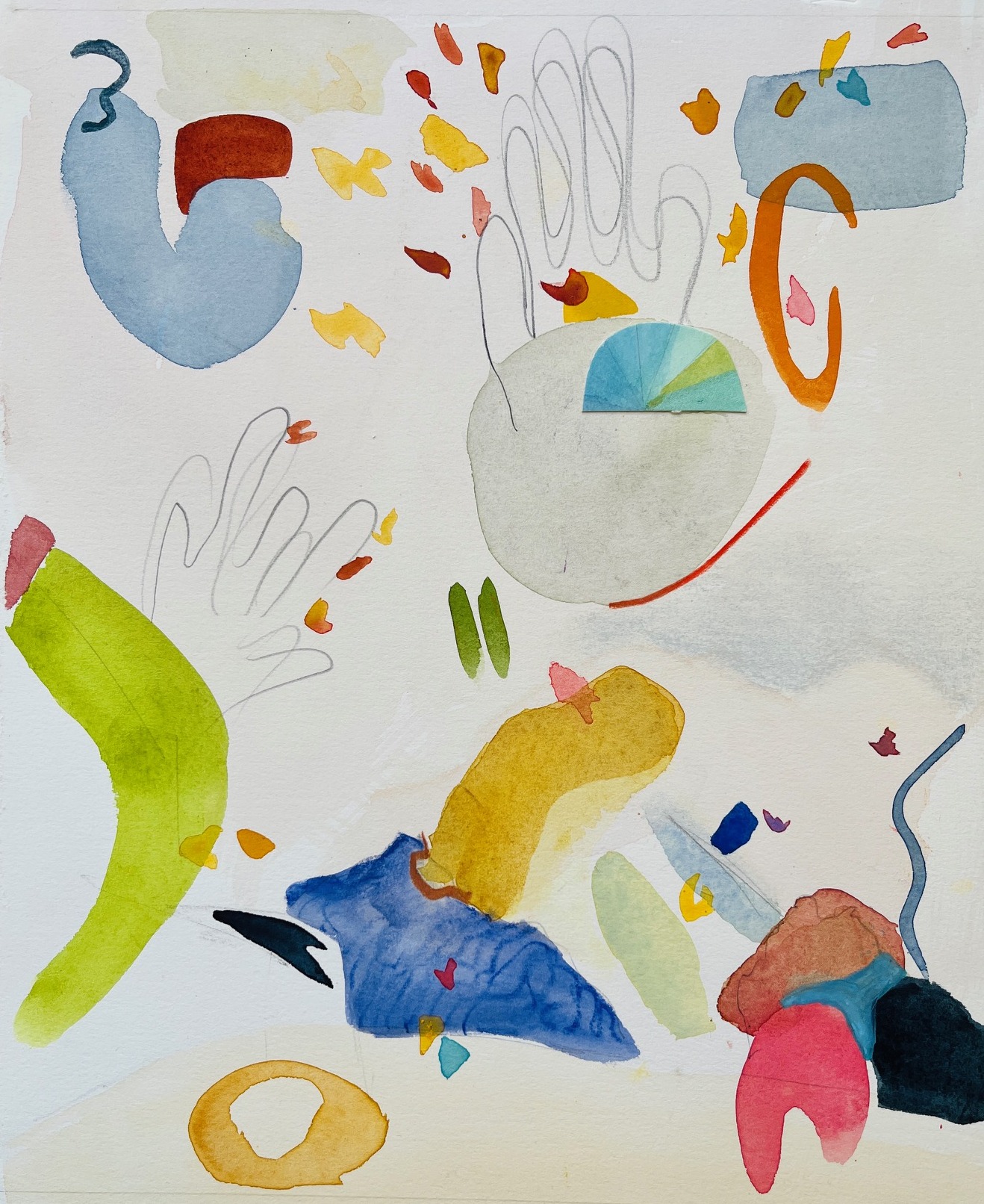There are four of them. Four is a mystic number for place,
for diversity, for the four independent directions—I love
north, because on clear nights I can find the North Star
cold and distant the way love crystallizes in winter,
pinned above first apple tree I’ll see in the morning:
for diversity, for the four independent directions—I love
north, because on clear nights I can find the North Star
cold and distant the way love crystallizes in winter,
pinned above first apple tree I’ll see in the morning:
its rounded fullness a result of one afternoon’s pruning,
reaching up with loppers to claim creative agency. Let light
reach all the places where blossoms would wantonly erupt,
make space for spring rains to trickle down the trunk
think ahead to fruit and harvest. You have to do it
reaching up with loppers to claim creative agency. Let light
reach all the places where blossoms would wantonly erupt,
make space for spring rains to trickle down the trunk
think ahead to fruit and harvest. You have to do it
in this season as skies alternate between blue and gray,
thick with snow and swirling as the northwest wind combs
out their knots. Nobody would consider this springtime
in Vermont, although in lands wrapping the Mediterranean
almond trees are blooming. I like to whisper
thick with snow and swirling as the northwest wind combs
out their knots. Nobody would consider this springtime
in Vermont, although in lands wrapping the Mediterranean
almond trees are blooming. I like to whisper
to the first apple tree, “making room for you to dance,”
as I clip. The second tree’s a Duchess apple, next one north,
perhaps the same age but bent double, an ally who bears
the brunt of forty years of storms. Trimming around its
worn feet, I looked for ways to restore
as I clip. The second tree’s a Duchess apple, next one north,
perhaps the same age but bent double, an ally who bears
the brunt of forty years of storms. Trimming around its
worn feet, I looked for ways to restore
its possibilities. It’s not as pretty, but oh that fruit!
Which you can’t say for the third tree, the one that yields
hard green apples in late autumn. Caring for that tree means
gathering the unwanted, the inedible, making mounds
of green resistance some distance away
Which you can’t say for the third tree, the one that yields
hard green apples in late autumn. Caring for that tree means
gathering the unwanted, the inedible, making mounds
of green resistance some distance away
where winter-thinned deer will notice the scent and scrape
snow aside, tilting their wide-eyed faces sideways
to crunch and grind with massive molars. Not that I
watch them doing this (they arrive in darkness, depart
in whispers) but I read their signs each morning—
snow aside, tilting their wide-eyed faces sideways
to crunch and grind with massive molars. Not that I
watch them doing this (they arrive in darkness, depart
in whispers) but I read their signs each morning—
hoofprints circling the fourth, a road-worn tree dying, echoing
my own slow aging, its bark loose. I learned to call this
tree a Home: for necessary ants and beetles, for hungry
hard-headed woodpeckers. I too will shelter the living,
each pruning now a marker of time passing.
my own slow aging, its bark loose. I learned to call this
tree a Home: for necessary ants and beetles, for hungry
hard-headed woodpeckers. I too will shelter the living,
each pruning now a marker of time passing.
Photograph from the poet












